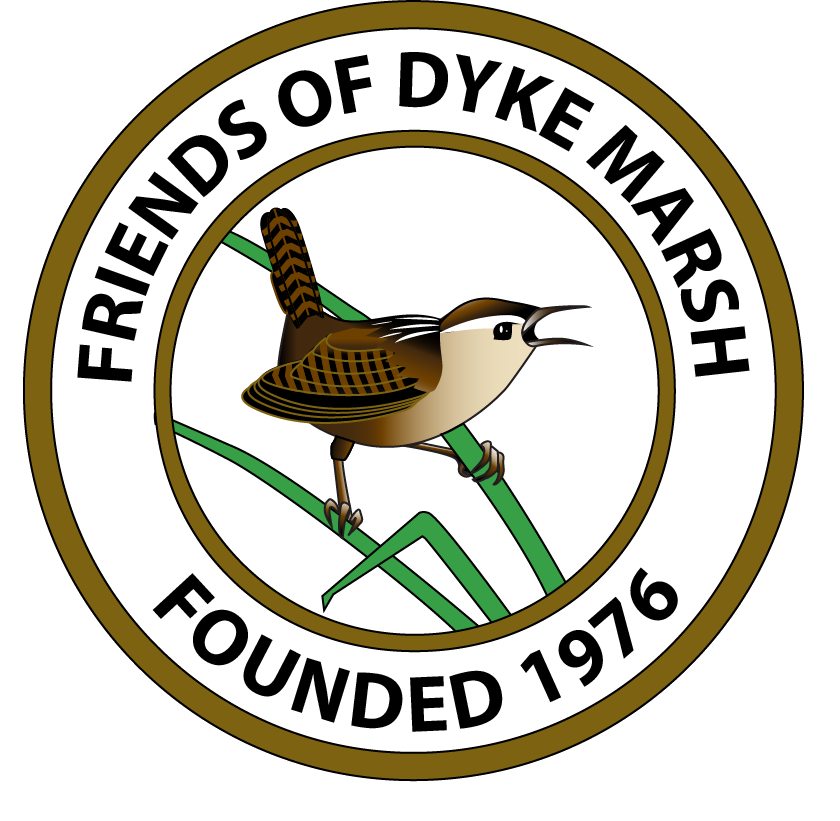On the April 12, 2025, tree walk, led by Jim McGlone, an arborist and forester, FODMers and friends studied tree bark, buds, flowers, stems, limbs, leaves, structure, size and more – all things trees.
| The samaras of the red maple (Acer rhubrum) shimmered overhead. Samaras are seeds with wing-like structures that many youngsters call “helicopters” because of the way they flutter down to the ground. All photos by Glenda Booth |
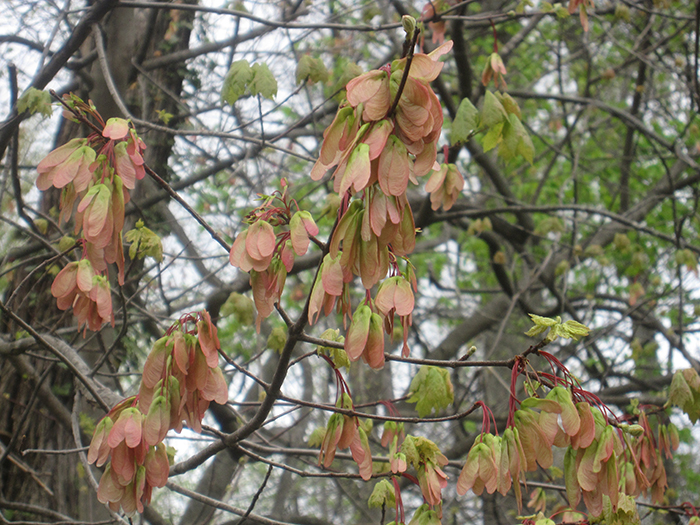 |
| Studying the stem of this box elder (Acer negundo), McGlone could determine that this branch had grown 1.5 feet this year. |
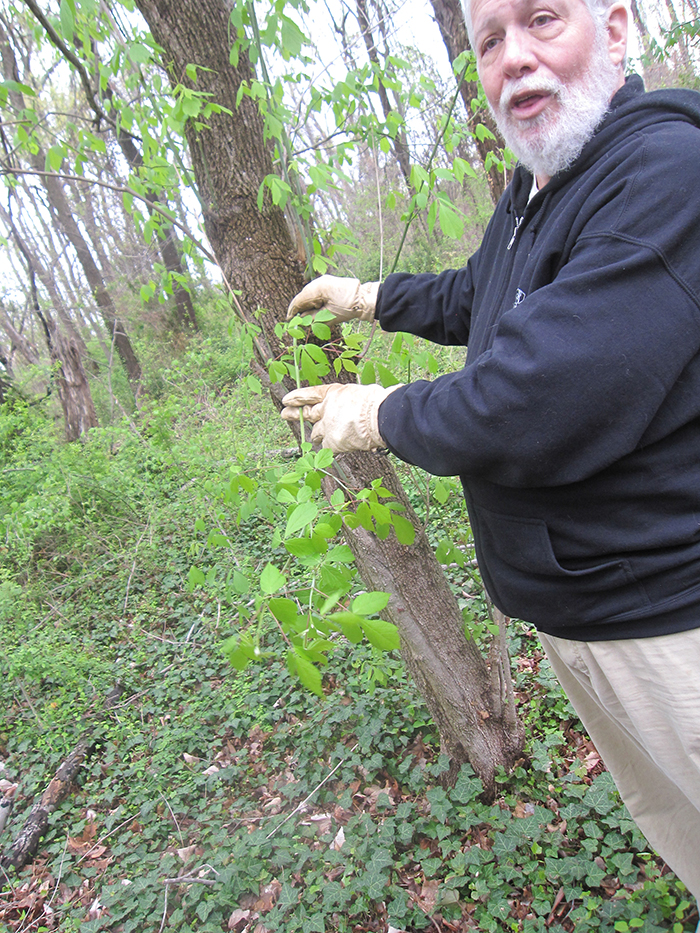 |
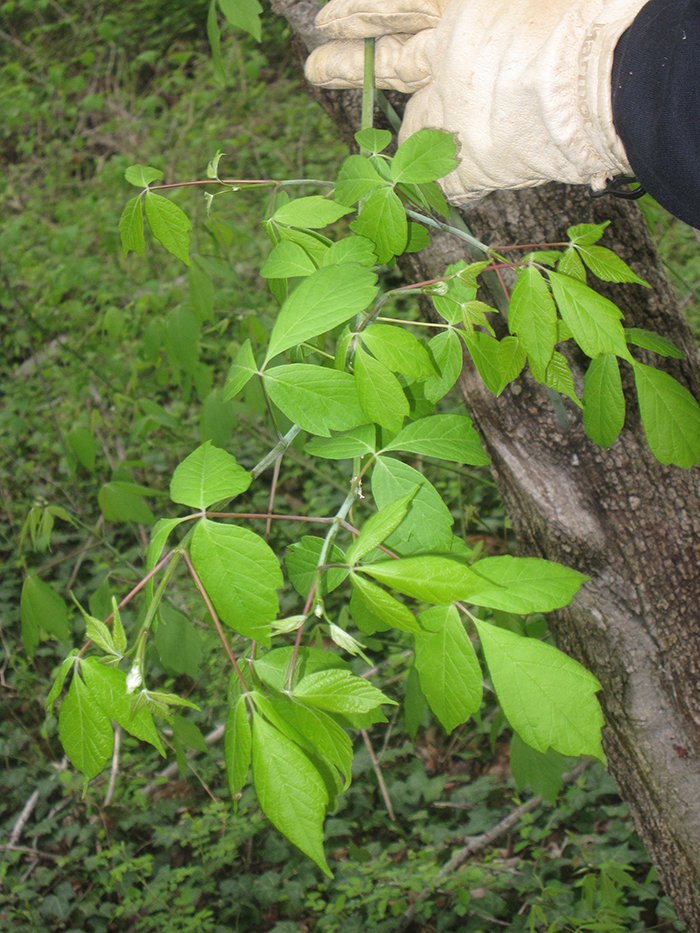 |
| The sweet gum tree (Liquidambar styraciflua) has grayish brown furrowed bark. |
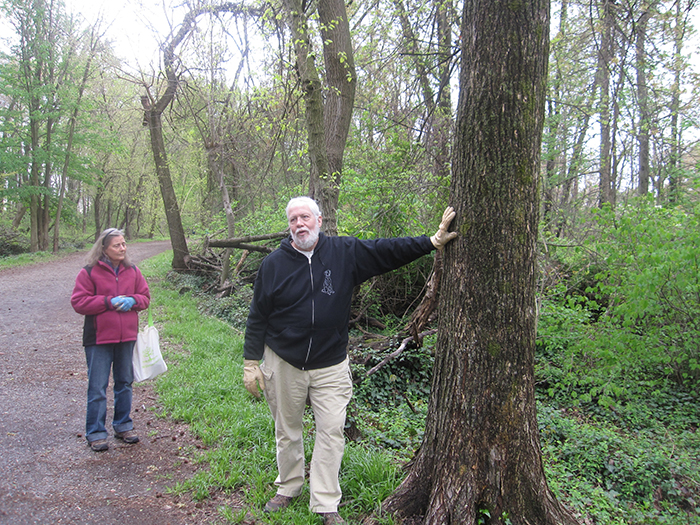 |
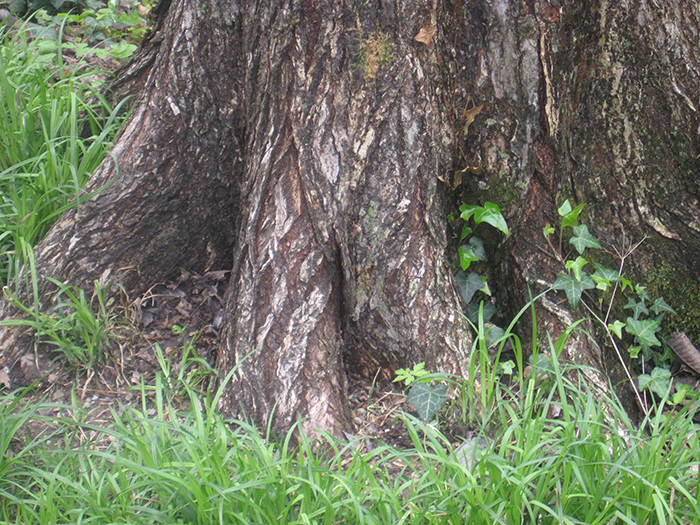 |
| The tree’s spiky brown fruit, popularly known as gum balls, lined the ground. |
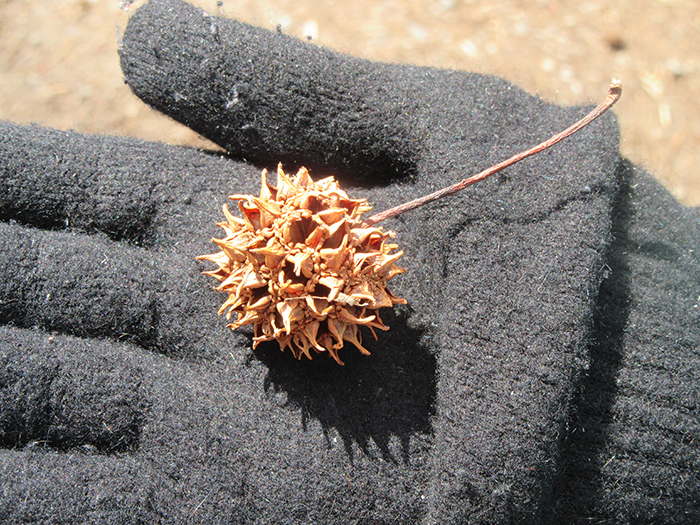 |
| The buckeye (Aesculus glabra), native to Ohio, “looks tropical,” McGlone commented, and has compound leaves and showy flowers in the spring. |
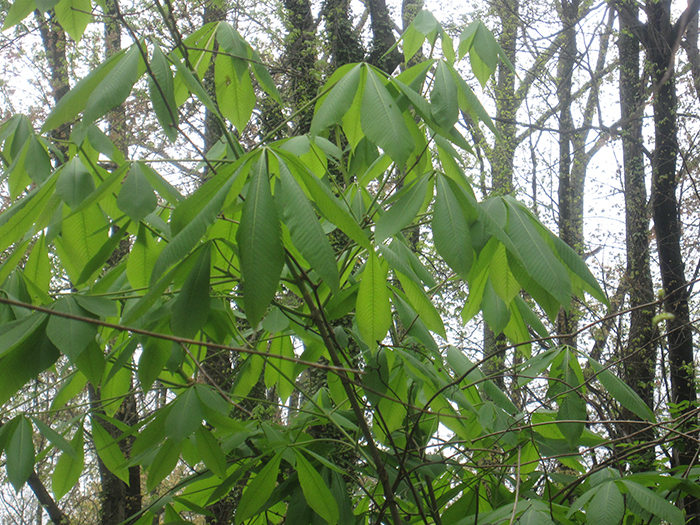 |
 |
| In arrowwood (Viburnum dentatum) plants, “everything comes in twos,” he told the group, the leaves and branches are opposite. The leaves are “toothy.” |
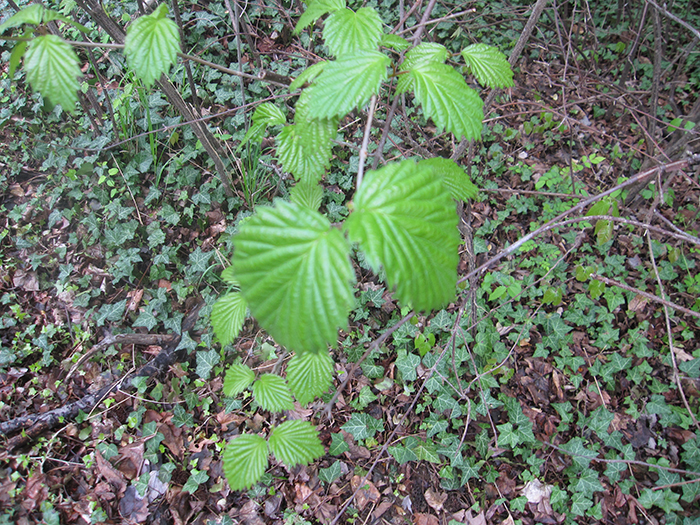 |
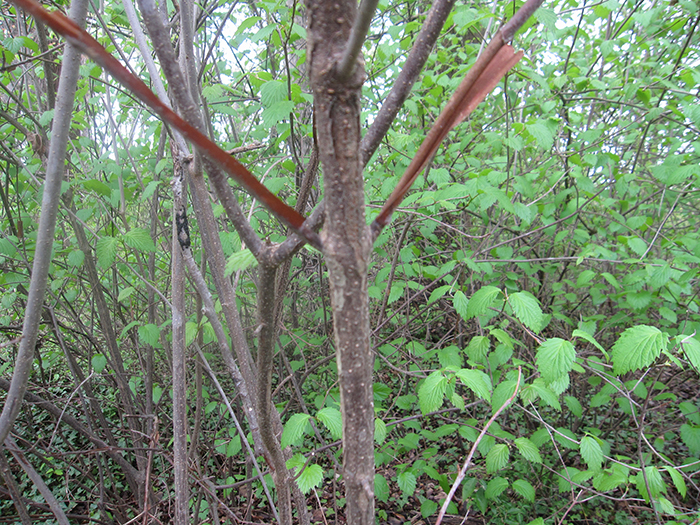 |
| The bark of green ash trees (Fraxinus pennsylvanica) has diamond shapes. |
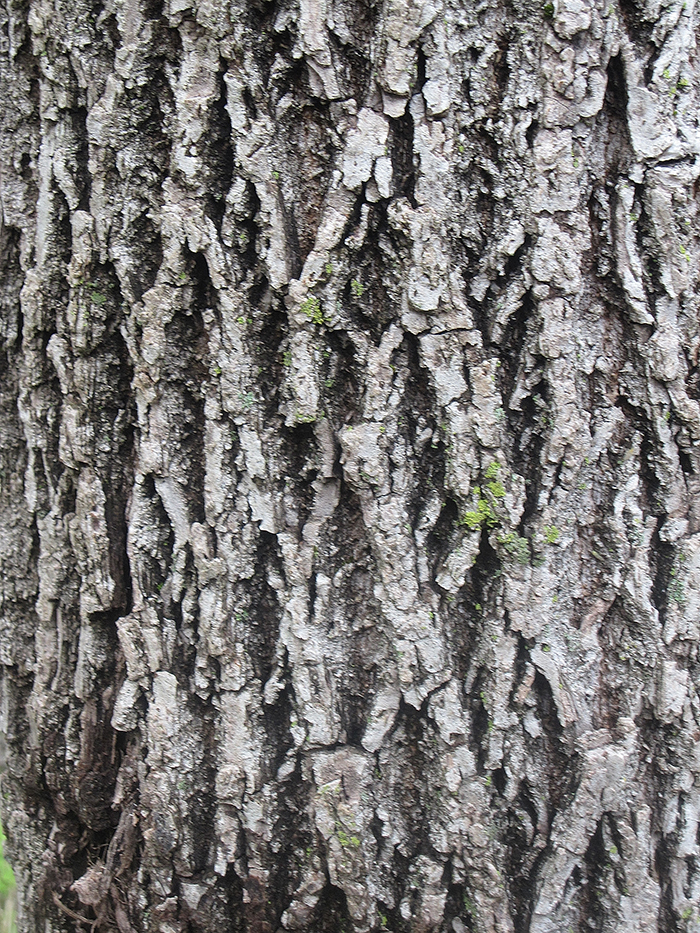 |
| This London plane tree (Platanus hispanica), like its “cousin,” the sycamore (Platanus occidentalis) has exfoliating bark. |
 |
| Hackberry trees (Celtis occidentalis) have distinctive “warty bark.” |
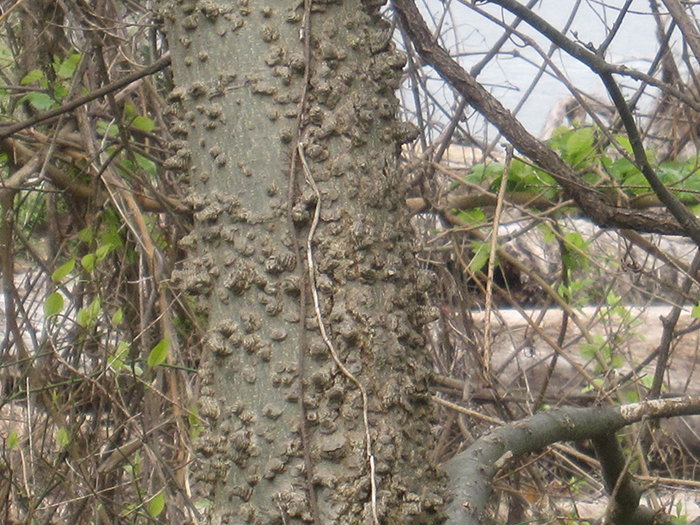 |
| It was a gray, cloudy day, but the group had a two-hour tutorial on trees. |
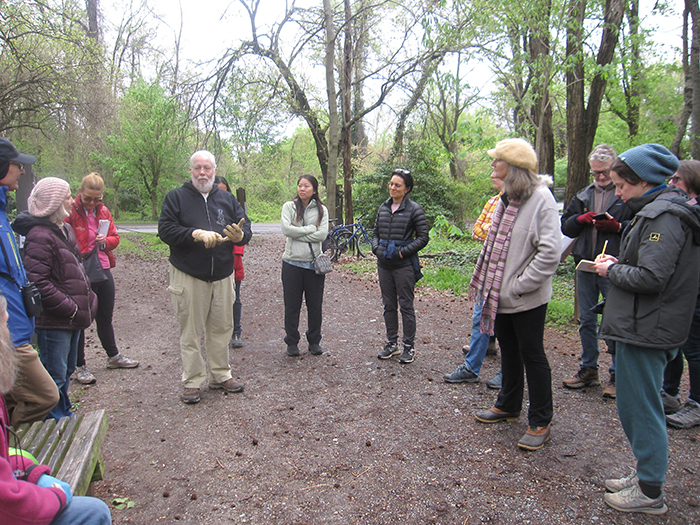 |
